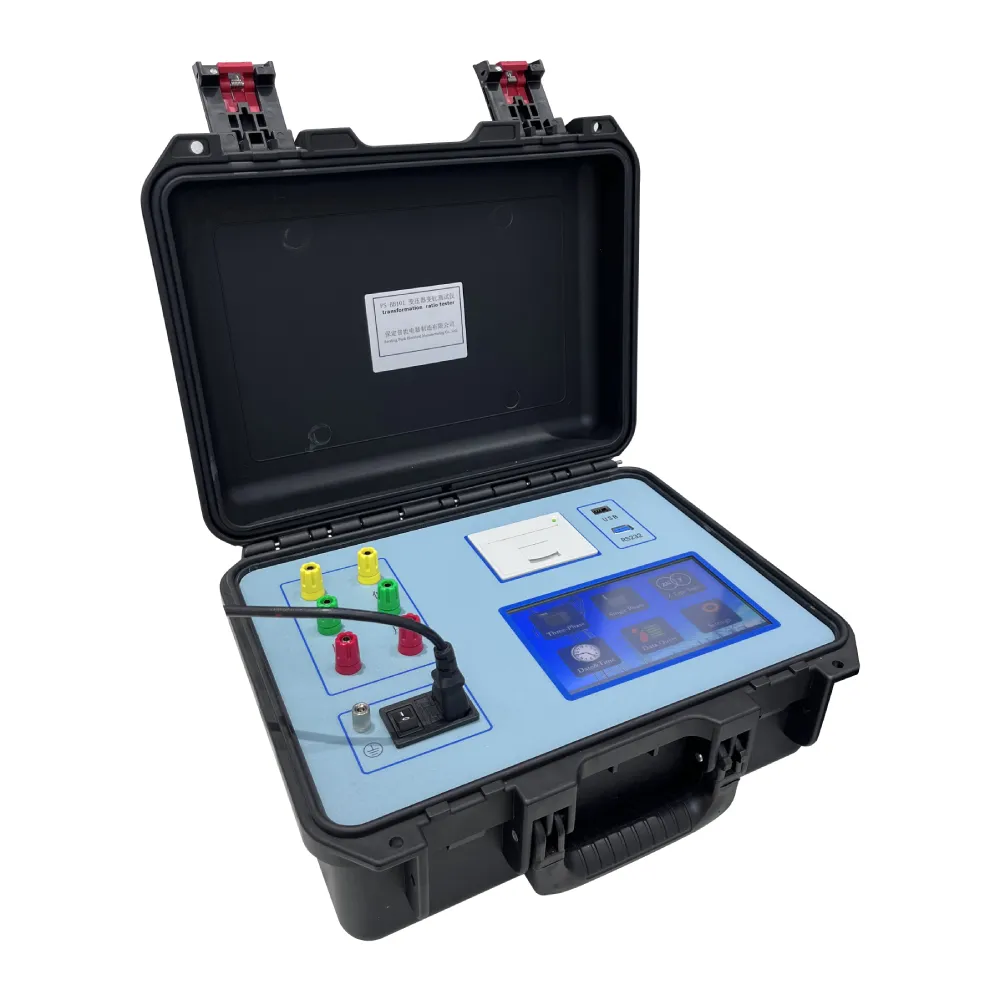 English
English


Understanding Transformer Coil Resistance for Enhanced Electrical System Efficiency and Performance Analysis
Understanding Transformer Coil Resistance
Transformers are crucial components in electrical systems, used to transfer electrical energy between two or more circuits through electromagnetic induction. One vital aspect of transformer design and functioning is the resistance of the transformer coils, which can greatly influence the efficiency, performance, and longevity of the device.
What is Transformer Coil Resistance?
Transformer coil resistance refers to the electrical resistance presented by the winding coils of the transformer. These coils are typically made of conductive materials, usually copper or aluminum, and are essential for the conversion of voltage levels. Resistance is an inherent property of materials that impedes the flow of electric current, resulting in energy loss in the form of heat. The resistance of transformer coils is determined by several factors, including the material properties, length, and cross-sectional area of the coils, as well as the temperature at which they operate.
Importance of Coil Resistance
Understanding and measuring coil resistance is crucial for several reasons. First, it directly affects the efficiency of the transformer. Higher resistance in the windings means more energy loss as heat, which can lead to a decrease in overall efficiency. This energy loss is quantified as copper losses (I²R losses), which occur when the current flowing through the coils encounters resistance, leading to wasted energy.
Second, coil resistance plays a significant role in the operational temperature of the transformer. Increased resistance results in higher heat generation, which can cause overheating and potentially lead to insulation failure or other mechanical issues over time. This necessitates effective thermal management strategies to ensure the transformer operates within safe temperature limits.
Factors Influencing Coil Resistance
Several factors influence the coil resistance of transformers
transformer coil resistance

1. Material Selection The choice of conductor material significantly affects resistance. Copper, with its lower resistivity, is often preferred over aluminum despite being more expensive, as it offers lower energy losses.
2. Temperature The resistance of conductors increases with temperature. Thus, transformers must be designed to account for operating temperature ranges, which can affect their efficiency and lifespan.
3. Winding Configuration The design of the winding itself can also influence resistance. For instance, the number of turns and how the coils are arranged can alter the path the current takes, thus impacting the overall resistance.
4. Frequency of Operation Higher frequencies can lead to skin effect, where the current tends to flow near the surface of the conductor, effectively increasing resistance. This phenomenon is more pronounced in AC systems and must be considered in transformer design.
Measuring Coil Resistance
Coil resistance can be measured using various methods, including the four-wire (Kelvin) method, which minimizes the effects of lead and contact resistances in accurate measurements. Engineers often use a micro-ohmmeter for this purpose, providing reliable resistance readings even for low-resistance applications.
Conclusion
In summary, transformer coil resistance is a fundamental aspect of transformer operation that influences efficiency, performance, and reliability. Understanding the factors that contribute to resistance and their implications on transformer design is paramount for engineers and technicians in the electrical field. By carefully considering material selection, temperature effects, winding configurations, and operational frequency, one can design transformers that operate efficiently and sustainably, meeting the demands of modern electrical systems while minimizing energy losses.
-
Differences between open cup flash point tester and closed cup flash point testerNewsOct.31,2024
-
The Reliable Load Tap ChangerNewsOct.23,2024
-
The Essential Guide to Hipot TestersNewsOct.23,2024
-
The Digital Insulation TesterNewsOct.23,2024
-
The Best Earth Loop Impedance Tester for SaleNewsOct.23,2024
-
Tan Delta Tester--The Essential Tool for Electrical Insulation TestingNewsOct.23,2024





